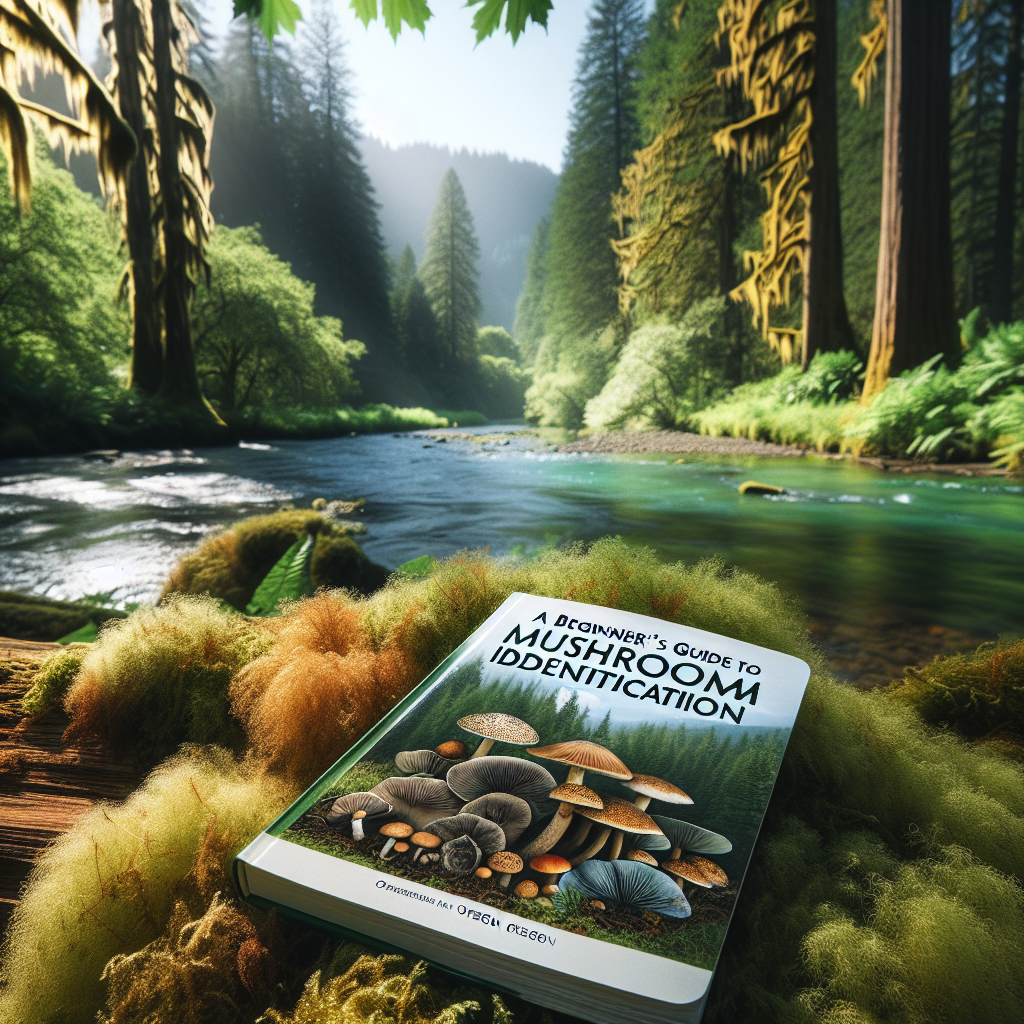Title: A Beginner’s Guide to Mushroom Identification in Oregon
Introduction
Hello dear readers, welcome to an intriguing adventure into the fascinating world of mycology here in our beloved Oregon. Nothing spells ‘Oregonian’ more than a good knowledge of mushroom hunting, and this guide aims to help beginners navigate this exciting pastime. Let’s set off into the enticing dampness of our Pacific Northwest woods, armed with a handy basket, a sense for adventure, and eyes eager to identify mushrooms.
The Basics of Mushroom Identification
The first step toward becoming acquainted with the woodland’s earthy delicacies in Oregon is understanding the basics of identifying mushrooms. Remember, caution is key when it comes to mushroom hunting. One must know that not all mushrooms are edible, some come with quite a bitter price and could lead to severe health problems.
Several families of fungi are common in the grand state of Oregon. The Amanita family, for example, includes both delectably edible species and those that are deadly. The trick to safely identifying these mushrooms lies in observing their distinguishing features. A good rule of thumb is to look at the cap, stem, and gills. Consider the color, texture, size, and how these parts are connected.

To identify edible Boletes mushrooms, note their cap and the presence of tubes instead of gills. These are excellent edible mushrooms found across Oregon during summer and fall. They have a spongy layer beneath the cap, which makes them easy to recognize.
Emerging Mushroom Season in Oregon
Now, let’s dive into what’s profound about Oregon – the supreme harmony with Nature’s cyclical rhythm. A resident would know that the Fall season, particularly October, is the prime time for mushrooms to pop up in Oregon. This period, after the first rains following a dry summer, beckons mushroom enthusiasts. Coastal regions, like Tillamook and Clatsop counties, are favorite hotspots for mushroom hunters.
Species to Look Out For in Oregon
The lush forested landscape of Oregon is home to a myriad of mushrooms species. The most sought after among them is the Pacific Golden Chanterelle, recognized by its egg-yolk color and the wrinkles, in place of gills, beneath the cap. Mt. Hood National Forest is a treasure trove for these beauties, but do remember to get a Forest Product Permit if you’re headed there.
Then there’s the prized King Bolete or Porcini mushroom, best identified by their brownish cap and the bulbous, gradually tapered stem. You need a keen eye to spot these, but the trails around Cape Lookout State Park or Saddleback Mountain area are great places to start.
Poisonous Specimens in Oregon
“Know one, know ’em all” is a practical mantra while hunting for mushrooms. This principle is especially beneficial when it comes to poisonous species. The infamous Death Cap, a member of the Amanita family, is notorious for its lethal toxins. It has a smooth, yellow-green cap, white gills, and a white stem with a bulbous base. They are often spotted in areas around urban parks and backyards in the Eugene and Portland areas, especially in late summer and Fall.
Remember that novice mushroom hunters should never consume a mushroom unless its identity is 100% confirmed by a local expert or a seasoned mushroom hunter. The motto of being an Oregonian mushroom hunter is “When in doubt, throw it out!”
Useful Tools for Mushroom Hunting
Walking through the unique Willamette Valley, the coastal rainforests, or the Cascade foothills in search of mushrooms can be energizing and fruitful with the right tools. A sturdy basket, to avoid crushing your finds, as well as a good mushroom identification book, are essential. Local bookshops in Central Oregon like The Open Book in Bend or Grass Roots Books & Music in Corvallis have a decent collection of guidebooks. A knife or a small trowel would be handy too, but nothing beats being patiently observant.
Final Words
Like the journey to Wahclella Falls, mushroom hunting is best enjoyed slow and steady. It’s more than just the find; it’s about immersing yourself in Oregon’s wilderness too. So breathe in deep, listen to the crackle of the undergrowth beneath your boots, and look out for that pop of color or peculiar shape lurking under the ferns and fir needles.
Remember, safety is paramount when foraging for mushrooms. It’s a thrilling pursuit but should never be done recklessly. A true Oregonian knows nature is best admired with respect and understanding. And as a reliable friend would say, “learn and enjoy the mushroom hunting journey, bit by bit, mushroom by mushroom, trail by trail.” You’ll soon find that nothing beats the magic of unearthing your first golden Chanterelle or King Bolete in the heart of our ruggedly charming Oregon. Happy hunting, fellow adventurers!
